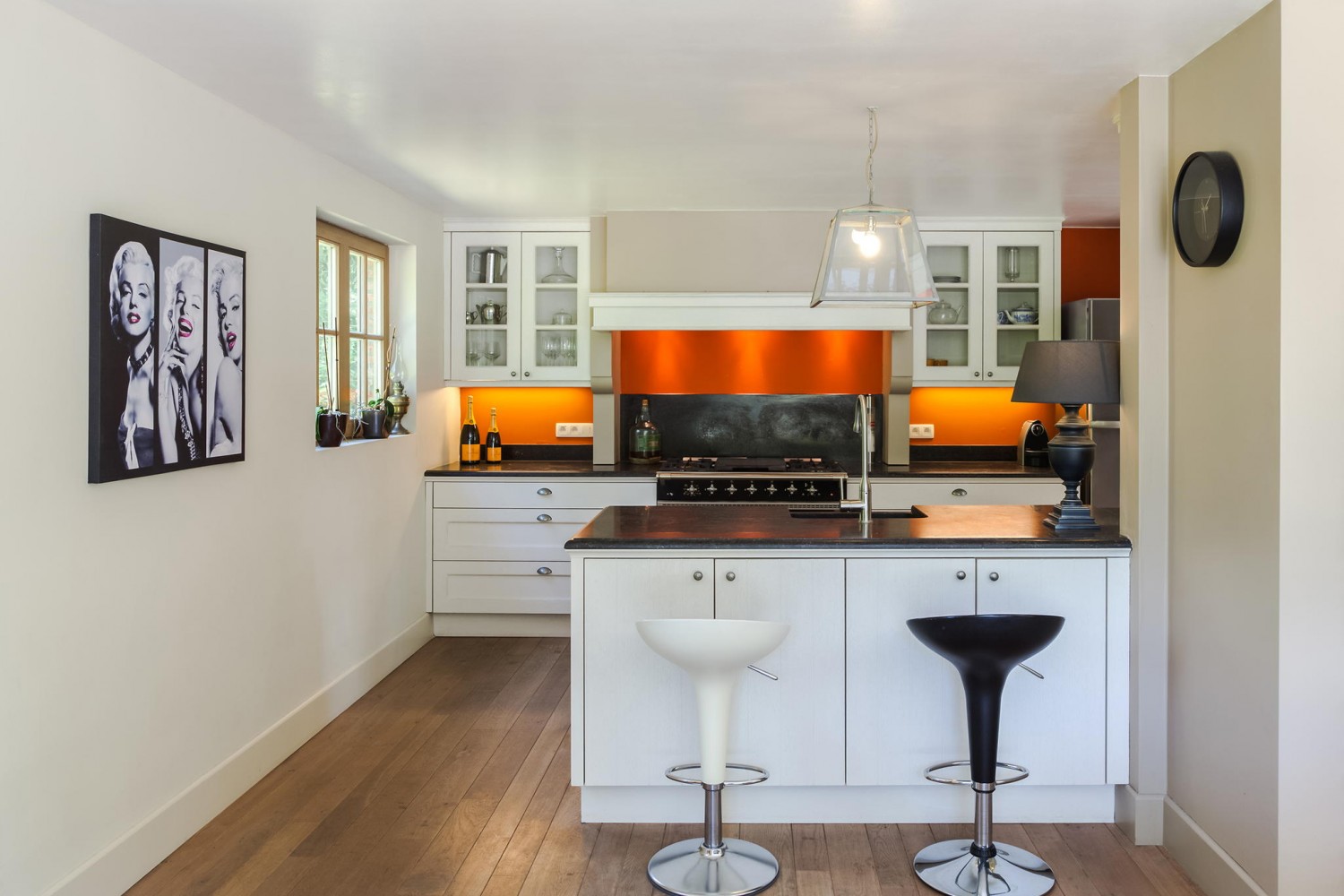Discover The Fascinating Experience Of Reconditioning Classic Closets, Revealing Unimaginable Tales And Exposing The Mysteries Of History
Discover The Fascinating Experience Of Reconditioning Classic Closets, Revealing Unimaginable Tales And Exposing The Mysteries Of History
Blog Article
Article Author-Gorman Kerr
To start the trip of restoring antique cupboards, you require a keen eye for information. Think of discovering covert secrets within each layer of history ingrained in the wood. Image the contentment of restoring a once-forgotten piece to its former splendor. Every step of this precise procedure holds the crucial to preserving the past while developing a future antique. So, are you ready to embark on this transformative undertaking and unlock the capacity of your antique cabinets?
Evaluating the Cupboard's Problem
When starting the repair procedure, begin by assessing the condition of the antique cupboard. Very carefully take a look at the general structure for any kind of indicators of damages such as cracks, chips, or loosened joints. Check the wood for any type of rot, warping, or insect infestation that may have taken place with time. It's vital to identify the degree of the reconstruction required prior to proceeding further.
Next, evaluate the cupboard's equipment such as joints, knobs, and locks. Make note of any kind of missing pieces or components that require repair service or substitute. Ensure that all hardware is working appropriately and safely connected to the cabinet.
Furthermore, examine the cabinet's finish. Try to find any kind of scrapes, spots, or discoloration that may influence the aesthetic appeal. Determine if the surface needs to be removed and reapplied or if an easy touch-up will be sufficient.
Collecting the Necessary Tools and Products
After assessing the condition of the antique closet, the following step is to gather the essential devices and products for the restoration process. Prior to you begin, guarantee you have the following items accessible:
- timber cleaner
- sandpaper in various grits
- timber filler
- paint or wood discolor
- brushes
- gloves
- safety goggles
- a dust mask
- a drop cloth
- a putty knife
- a hammer
- a screwdriver
- a vacuum
These tools and products are important for an effective remediation.
Timber cleaner is important for getting rid of years of dust and grime buildup, preparing the surface area for sanding. fabuwood com of different grits aids in smoothing out flaws and preparing the wood for a new finish. Timber filler is handy for repairing any type of cracks, openings, or damages existing in the cabinet.
Paint or wood stain, along with brushes, permit you to tailor the cupboard to your preference. Keep in mind to wear gloves, safety and security goggles, and a dirt mask for defense. Set a ground cloth to safeguard your workspace, and make use of a vacuum cleaner to tidy up any type of debris.
With these tools and materials gathered, you prepare to begin the reconstruction process.
Performing the Repair Process
To effectively implement the remediation procedure on your antique cabinet, start by thoroughly cleaning up the surface area with the timber cleaner. kitchen remodel contractors near me is critical as it helps get rid of years of dirt, grime, and old gloss that may have collected externally.
Once the cupboard is clean and completely dry, examine the problem of the timber. Look for any kind of splits, scratches, or other problems that need to be attended to. Use timber filler to fix any type of blemishes, making certain to match the filler color to the timber tone for a seamless finish.
After the repair work have actually dried out, gently sand the entire surface to create a smooth and even base for the new surface. Be careful not to sand as well aggressively, as you don't intend to damage the timber beneath.
Once bathroom renovations before and after is full, use a timber stain or finish of your choice, complying with the producer's instructions. Permit the coating to completely dry completely before applying a protective top layer to make certain the durability of your brought back antique closet.
Conclusion
Now that you have actually finished the reconstruction process, your antique cabinet looks like new.
By following the step-by-step guide, you had the ability to assess, repair, and improve its problem effortlessly.
With a fresh surface and protective leading layer, your valued item will continue to beam for several years to come.
Delight in the appeal of your restored antique cabinet!
